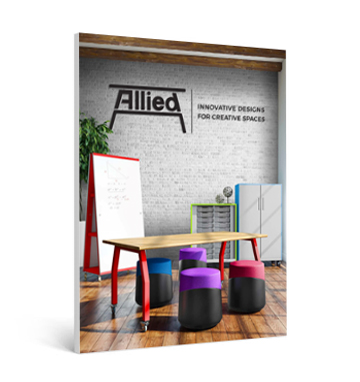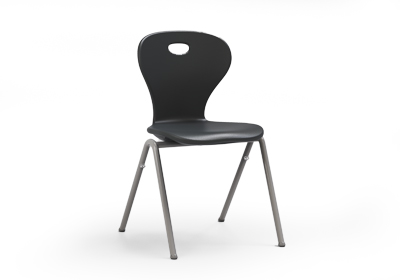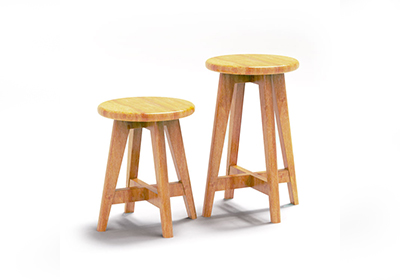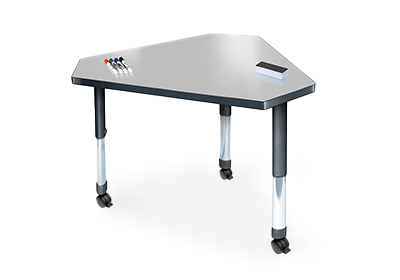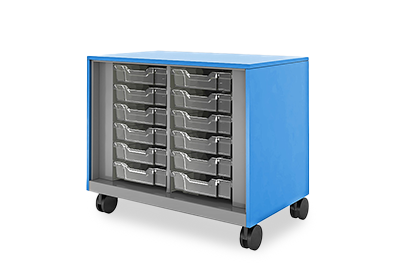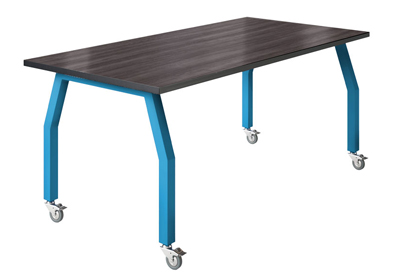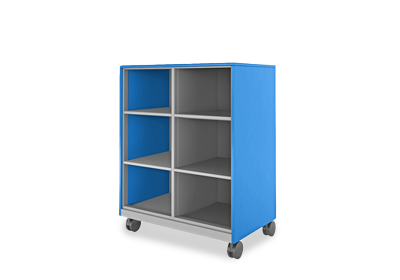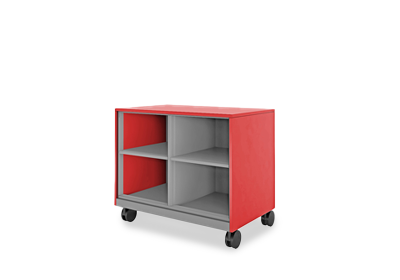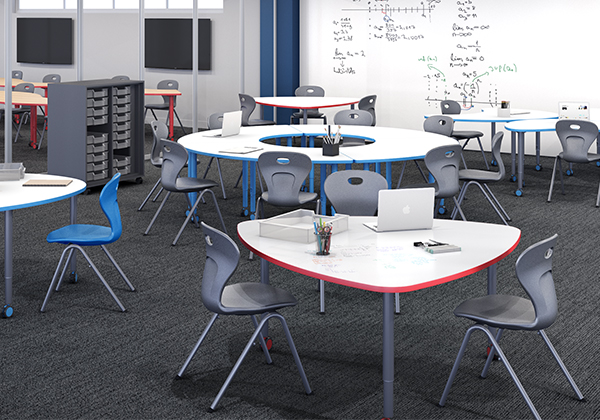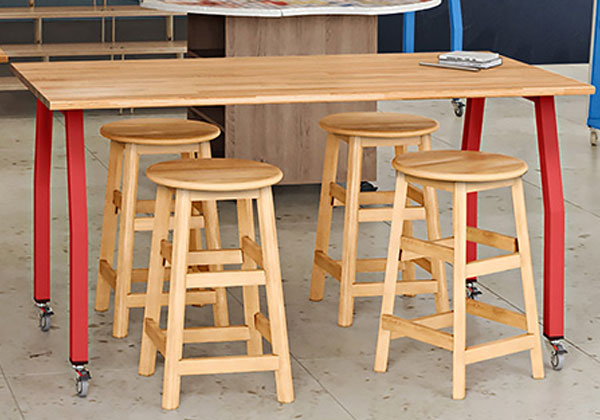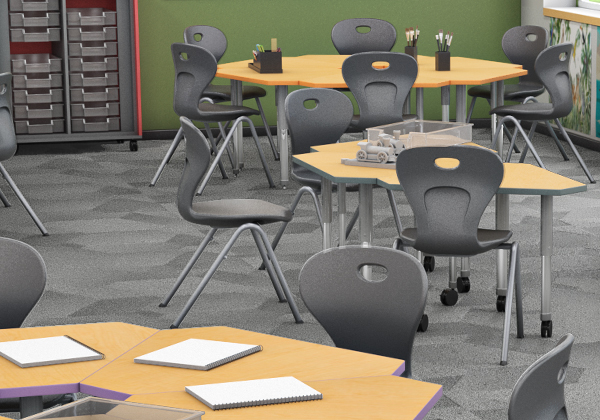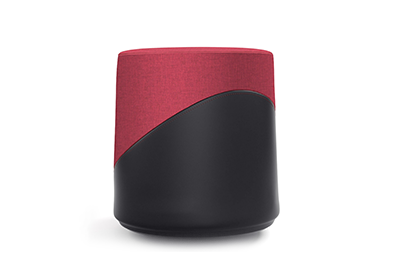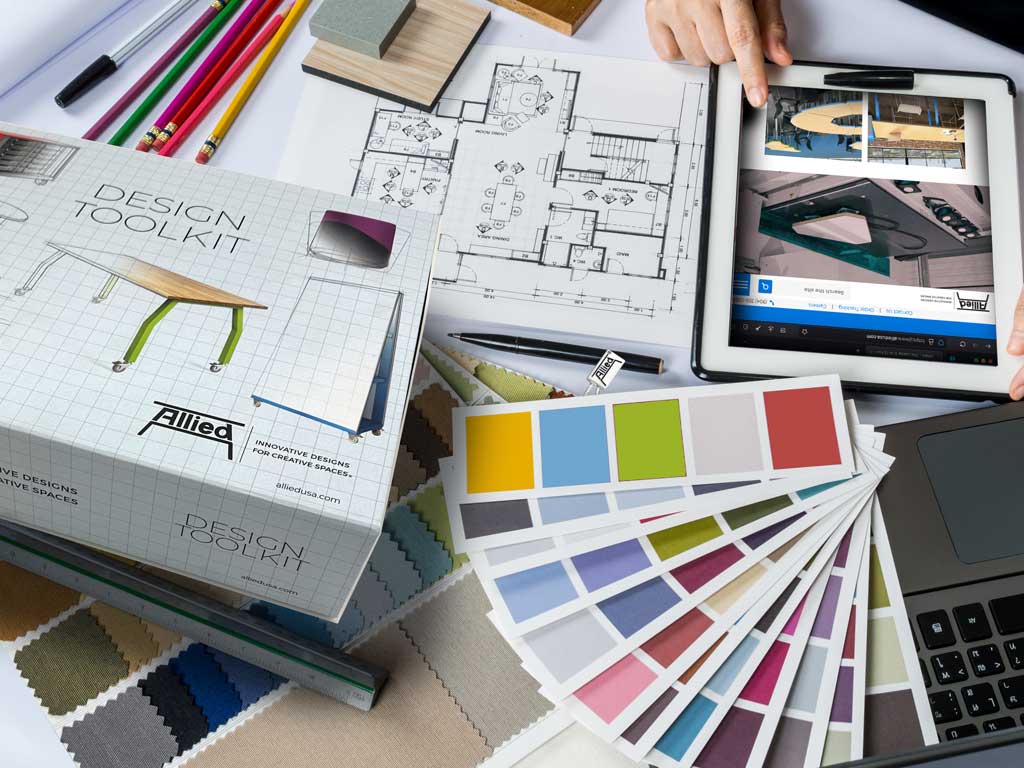Our furniture is designed to support and enhance the diverse learning experiences that take place within these dynamic spaces.
Supporting Learning in a School Science Lab:
In a STEM lab, especially high school science labs, furniture is more than just a functional element; it serves as a catalyst for effective learning. Here's how our thoughtfully designed furniture supports and elevates the learning experience in a STEM environment:
Collaborative Spaces: Our furniture creates collaborative spaces that encourage teamwork and peer-to-peer learning. From flexible seating arrangements to configurable desks and tables, students have the opportunity to collaborate, share ideas, and engage in interactive discussions, fostering a spirit of cooperation and collective problem-solving.
Versatile Workstations: STEM labs require specific types of workstations that can accommodate various activities. Our furniture solutions offer versatility, allowing students to seamlessly transition between coding, experimentation, prototyping, and other STEM-related tasks. Chemical resistant tables, mobile storage units, and flexible seating options provide the freedom to configure the space to meet specific project requirements.
Ergonomics and Comfort: Comfortable and ergonomically designed furniture promotes better focus and productivity. Our chairs and Innovation Tables provide optimal support and opportunities to sit or stand, ensuring that students can concentrate on their tasks without discomfort. By prioritizing ergonomic considerations, we create an environment conducive to extended periods of engaged learning.
Types of Learning in a STEM Lab:
STEM labs offer a rich variety of learning experiences that empower students with essential skills for the future. Here are some key types of learning that may occur in a STEM lab:
Hands-on Exploration: STEM labs provide opportunities for hands-on learning, enabling students to experiment, tinker, and explore real-world applications of STEM concepts. Through practical experience, students deepen their understanding, develop problem-solving skills, and foster a sense of curiosity.
Critical Thinking and Problem-Solving: STEM labs cultivate critical thinking skills as students tackle complex challenges and analyze problems from multiple perspectives. By engaging in open-ended projects, students learn to think critically, develop innovative solutions, and persist in the face of challenges.
Collaboration and Communication: STEM labs foster collaboration and communication skills through group projects and cooperative learning. Students learn to effectively communicate their ideas, listen actively to their peers, and work collaboratively to achieve common goals. These essential skills mirror the collaborative nature of many STEM careers.
Why Consider STEM Labs in K-12 Schools:
Integrating dedicated STEM labs into K-12 schools brings numerous benefits to students and the education system as a whole. Here's why it is crucial to consider this type of room:
Future-Ready Skills: STEM education equips students with critical skills such as problem-solving, creativity, analytical thinking, and adaptability—skills that are in high demand in the rapidly evolving job market.
Career Pathways: By introducing students to STEM concepts early on, K-12 schools help them explore various STEM career pathways, inspiring future scientists, engineers, technologists, and innovators. STEM labs provide a platform for students to discover their passion and develop the foundational skills needed for success in these fields.
Innovation and Progress: STEM labs nurture a culture of innovation and progress by encouraging students to think creatively and develop solutions to real-world challenges. The skills and mindset fostered in these labs lay the groundwork for advancements that benefit society as a whole.


